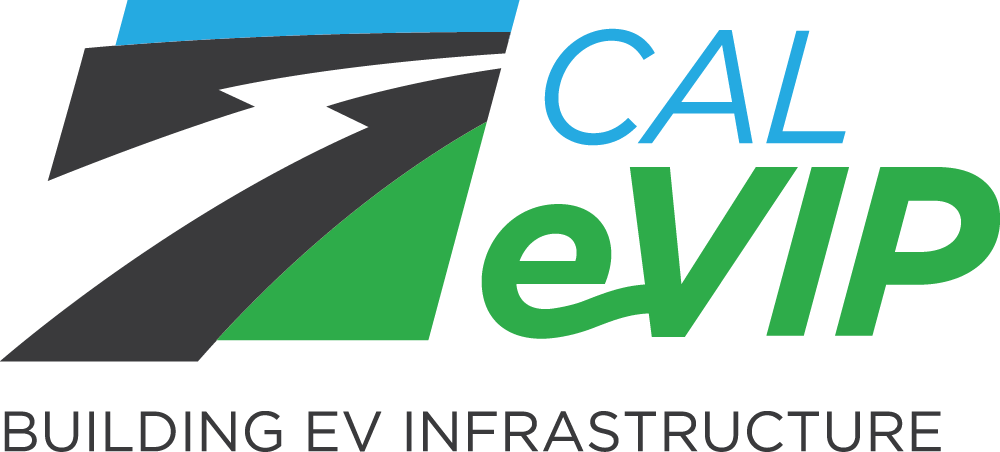What is the Low Carbon Fuel Standard (LCFS) program, and how is it applicable to EV chargers installed through CALeVIP?
The California Air Resources Board identified the Low Carbon Fuel Standard (LCFS) as one of many early actions to reduce California's greenhouse gas emissions that cause climate change. The LCFS is designed to decrease the carbon intensity of California's transportation fuel pool and provide an increasing range of low-carbon and renewable alternatives, which reduce petroleum dependency and achieve air quality benefits. As EV chargers deliver a low-carbon fuel, owners of Level 2 and DC fast chargers are eligible to apply for the generation of LCFS credits based on the amount of fuel (electricity) dispensed. DC fast chargers also generate credits based on their capacity and the capacity credit has an inverse relationship to the dispensed fuel credits (i.e., the greater the fuel dispensed the lower the capacity credits that can be claimed). After applying for the generation of LCFS credits LCFS program staff certify the carbon intensity of the electricity delivered by the EV chargers, and with the certification applicants may report quarterly fuel dispensed. LCFS credits are issued quarterly, and applications will typically be verified annually.
Should an EV charger owner choose not to directly apply for LCFS credit generation they may assign or sell the rights to the LCFS credit generation to another entity.
Accrued credits may be sold by a registered broker, and the value of the credits are generally required to be reinvested (e.g. payment of EV charger operating expenses, expansion of EV charging, etc.) in electric vehicle infrastructure or services. The value of the LCFS credits for any one EV charging site will vary greatly (e.g., from less than $100 annually to thousands annually) depending on many factors, including but not limited to: the number of EV chargers in operation, the type of EV chargers installed, the amount of fuel dispensed, the value of the credit when sold, etc.).
